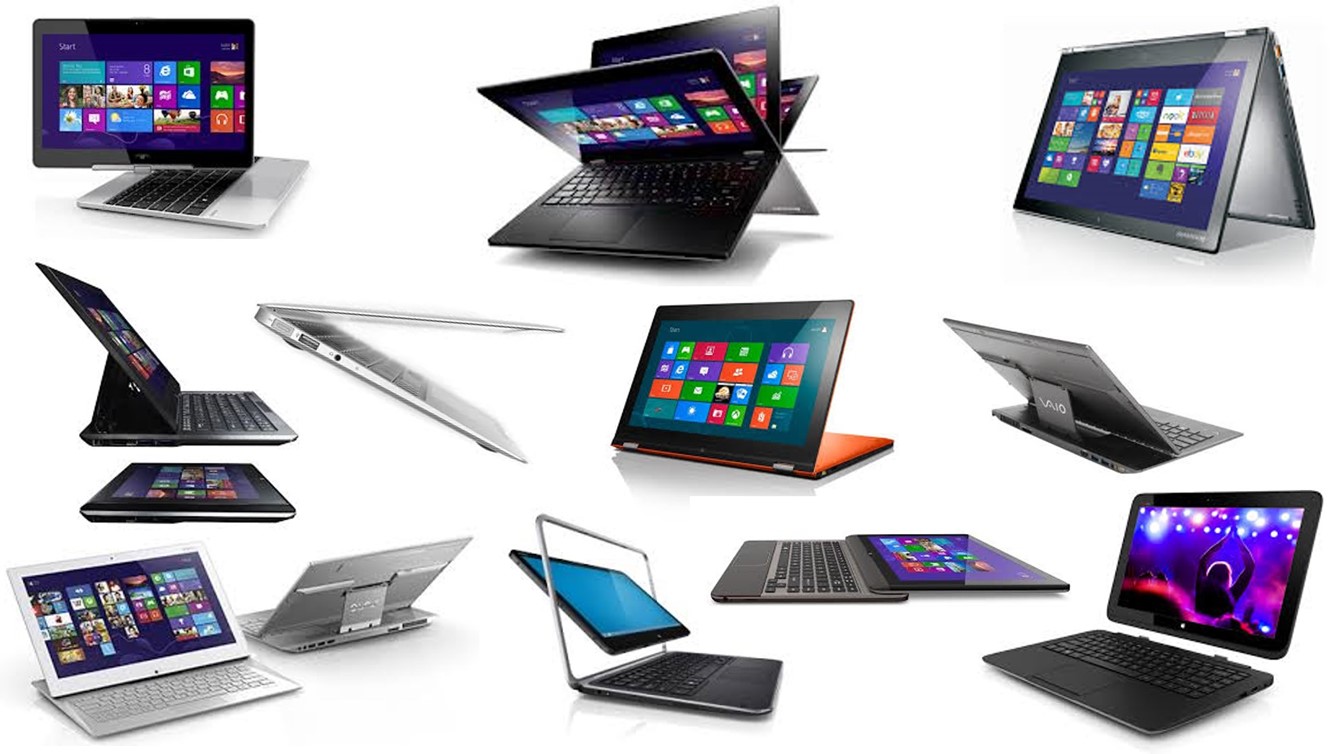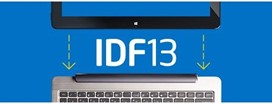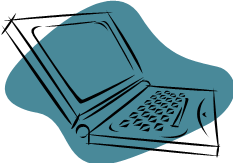You want to focus on your business, not on your Information Technology, technologists excepted.

Apple is launching OS X Mavericks and Microsoft will release Windows 8.1 in the fall of 2013. The MS XP operating system from Microsoft will reach end of life in April 2014. Intel Developer Forum happens this week in San Francisco. These events make it a good time to plan for an upgrade to your mobile computer system. Whether you call it a Laptop, Chromebook, MacBook Air, Ultrabook, or Notebook, there are many design choices today.
 Taking guidance from engineers at Intel, I recommend you consider six aspects for your next piece of hardware. With the latest generation devices, we all can expect improved productivity capabilities because these devices have multi-core processors for handing heavy workloads, fast solid state drives (SSD) no longer have motors running disks. This yields instant-on uptime and longer battery life. High speed file transfers are possible with USB 3.0.
Taking guidance from engineers at Intel, I recommend you consider six aspects for your next piece of hardware. With the latest generation devices, we all can expect improved productivity capabilities because these devices have multi-core processors for handing heavy workloads, fast solid state drives (SSD) no longer have motors running disks. This yields instant-on uptime and longer battery life. High speed file transfers are possible with USB 3.0.
Performance
Core processors, Memory and Battery life should support the type of workloads you have. Gamers and digital media professionals will need more processing, while number crunching and document handling will require less.
|
|
|
Touch
Newer operating systems offer many flexible ways to interact with data. In addition to the old school keyboard and mouse, it’s great to compute using my finger or a stylus on the glass. Stemming from the handheld device explosion, Microsoft pointed its research investments to create an operating system using touch. Its first touch device was surface, and more recently it’s Windows 8. Personally, I find using a mouse and keyboard is fine, but combined with touching the glass on a convertible laptop/tablet, I have more efficiency interacting with the data than ever before. It won’t surprise me when Apple’s MacBook Air, and Google’s Chromebook will offer touch capability, like their tablets and Smartphones.
|
|
|
Convertible
New set of device designs give us new ways to interact with the screen data. The best one designs let me use it in many new ways, and positions.
|
|
|
Responsiveness
You expect more speed, especially when starting up from a suspended state. Gone are the days where we drum our fingers, or watch the donut of death while the operating system spins up. It has been a long time coming, with great relief.
|
|
|
Svelte
A lean and graceful design invites me to take it more places. If I’m using a laptop also as a tablet, it must be as light as a book so that I can prop it up on my chest while I’m laying down. Just because it serves as a tablet, doesn’t mean I’m OK with expecting less from its functionality as a laptop.
|
|
|
Secure
Your reputation and identity depend on it. Your responsibility to your customers, partners, and employer demand it. You’re device, and its use should not compromise security features.
|
|
|
There are many aspects to choosing the best mobile device. I’m curious what factors influence your decision for choosing your ideal mobile device.






